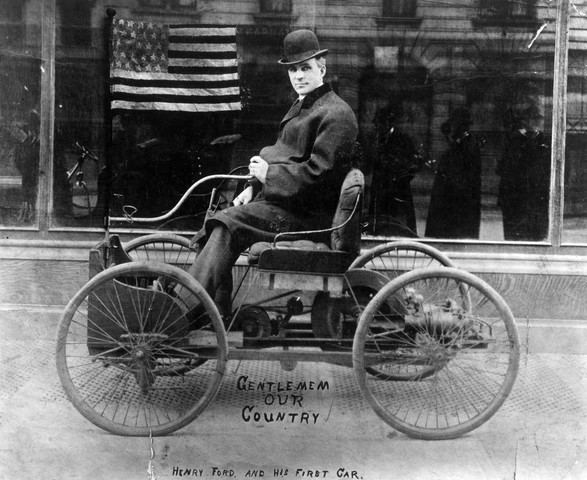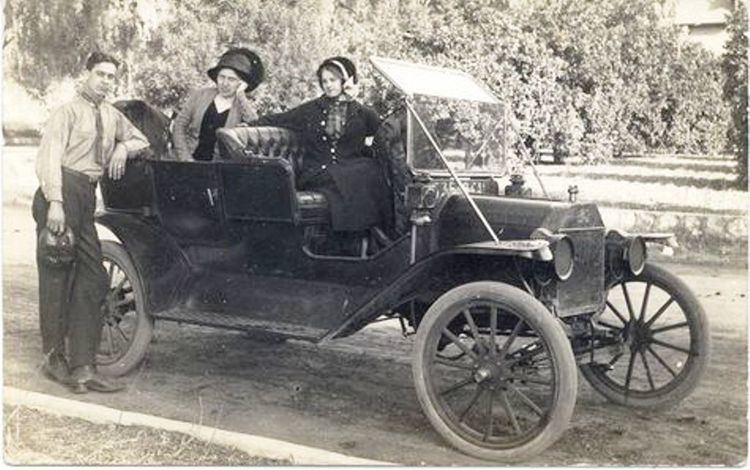Population 55,870 (2013) Born August 29, 1876, Loudonville, Ohio, United States Died November 25, 1958, Dayton, Ohio, United States | ||
Kettering is a town in Northamptonshire, England. It is situated about 81 miles (130 km) from London. Kettering is mainly situated on the west side of the River Ise, a tributary of the River Nene which meets at Wellingborough. Originally named Cytringan, Kyteringas and Keteiringan in the 10th century, the name Kettering is now taken to mean the place (or territory) of Ketters people (or kinsfolk).
Contents
- Map of Kettering
- Wicksteed park kettering northants the attractions 2010
- Kettering math olympiad
- Early history
- Recent history
- Local economy and amenities
- Geography
- References
Map of Kettering
At the 2001 census the borough had a population of 81,844 whilst the town proper had a population of 51,063. The town is twinned with Lahnstein, in Germany, and Kettering, Ohio, in the United States. Being part of the Milton Keynes South Midlands (MKSM) study area along with other towns in Northamptonshire, the town is due to get around 6,000 additional homes mainly to the east of the town. The town, like other towns in the area, has a growing commuter population as it is located on the Midland Main Line railway, which has fast InterCity trains directly into London St Pancras International taking around 1 hour. This gives an interchange with Eurostar services to Continental Europe.
Wicksteed park kettering northants the attractions 2010
Kettering math olympiad
Early history

Once believed obscure, the placename Kettering is now taken to mean the place (or territory) of Ketters people (or kinsfolk). Spelt variously Cytringan, Kyteringas and Keteiringan in the 10th century, although the origin of the name appears to have baffled place-name scholars in the 1930s, words and place-names ending with ing usually derive from the Anglo-Saxon or Old English word inga or ingas meaning the people of the or tribe...

Before the Romans the Kettering area, like much of Northamptonshires prehistoric countryside, appears to have remained somewhat intractable with regards to early human occupation, resulting in an apparently sparse population and relatively few finds from the Palaeolithic, Mesolithic and Neolithic periods. About 500 BC the Iron Age was introduced into the area by a continental people in the form of the Hallstatt culture, and over the next century a series of hillforts were constructed, the closest to Kettering being at nearby Irthlingborough.
Recent history
The present town grew up in the 19th century with the development of the boot and shoe industry, for which Northamptonshire as a whole became famous. Many large homes in both the Headlands and Rockingham Road were built for factory owners while terraced streets provided accommodation for the workers. The industry has markedly declined since the 1970s, large footwear manufacturers such as Dolcis, Freeman, Hardy and Willis, Frank Wright and Timpsons, having left the town or closed down in the face of stiff overseas competition, while others have outsourced their production to lower-cost countries. Only two smaller footwear businesses remain.
Victorian era Kettering was the centre of the 19th century religious non-conformism and the Christian missionary movement, and this has been preserved in many names. William Carey was born in 1761 at Paulerspury and spent his early life in Kettering before leaving for India as a missionary in 1793. Carey Mission House and Carey Street were named after him. Andrew Fuller helped Carey found the Baptist Missionary Society and he is remembered in the Fuller Church and Fuller Street. In 1803 William Knibb was born in Market Street and became a missionary and emancipator of slaves; he is commemorated by the Knibb Centre and Knibb Street. Toller Chapel and Toller Place are named after two ministers, father and son, who preached in Kettering for a total of 100 years. The chapel was built in 1723 for those who since 1662 had been worshipping in secret.
After several false starts Kettering station was opened in 1857 by the Midland Railway Company, providing a welcome economic stimulus to an ailing local economy, suffering as it was from the loss of wayfaring business since the introduction of railways nationwide. The line was finally linked to London in 1867.
In 1887, John Bartholomews Gazetteer of the British Isles described Kettering as:
In 1921 Wicksteed Park, Britains second oldest theme park, was officially opened on the southern outskirts of the town, and remains popular to this day.
From 1942 to 1945 the town witnessed a large influx of American servicemen (including on several occasions Clark Gable), mainly from the US 8th Air Force at RAF Grafton Underwood, 3.7 miles (6.0 km) away. The airfield was soon nicknamed Grafton Undermud in reference to the perceived English weather of rain, rain and more rain. The first bombing raid - targeting the marshalling yards at Rouen, northern France - was led by Major Paul W. Tibbets who in 1945 piloted Enola Gay, the B-29 Superfortress that dropped the first atomic bomb on Hiroshima. Aircraft from Grafton Underwood dropped the 8th Air Forces first and last bombs of WWII.
Local economy and amenities
Ketterings economy was built on the boot and shoe industry. With the arrival of railways in the 19th century, industries such as engineering and clothing grew up. The clothing manufacturer Aquascutum built its first factory here in 1909. Now Ketterings economy is based on service and distribution industries due to its central location and transport links.
Geography

Kettering experiences an oceanic climate (Koppen climate classification) which is similar to most of the British Isles.
